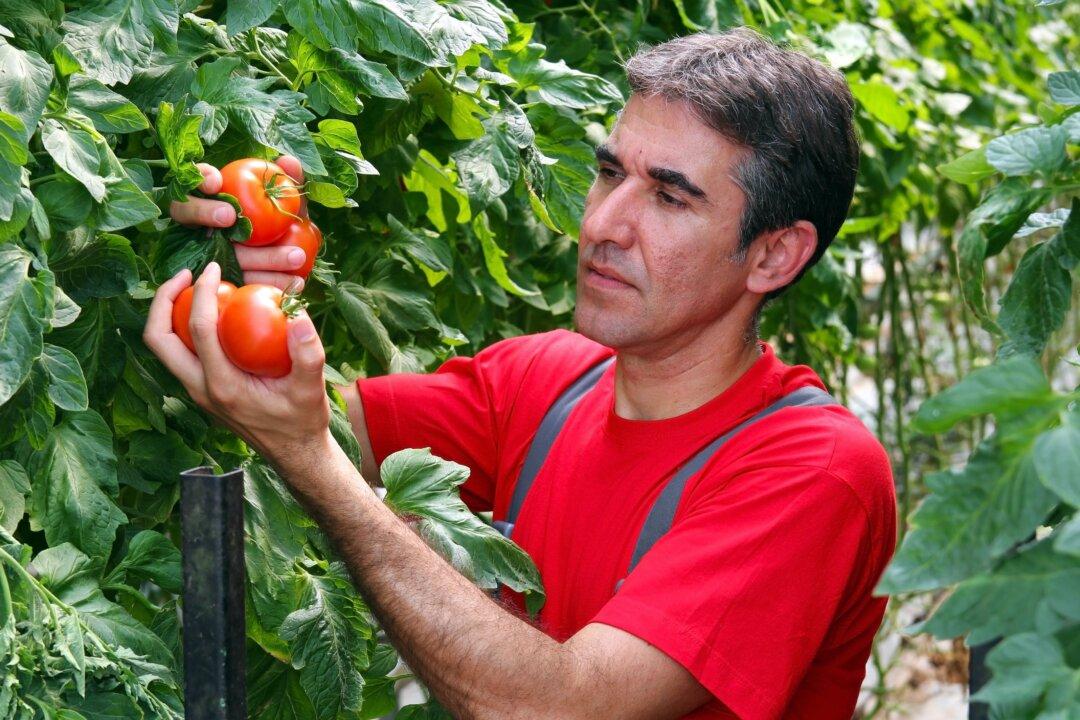Q: We went on vacation at the end of June and now our vegetable garden has been taken over by weeds. Is it too early to begin thinking about starting over and doing a fall garden?
A: If you are a northern gardener, the next few weeks are the perfect time to start your fall garden. Fall vegetable crops can be started from seed indoors at the beginning of the month for planting outside at the end of the month.





